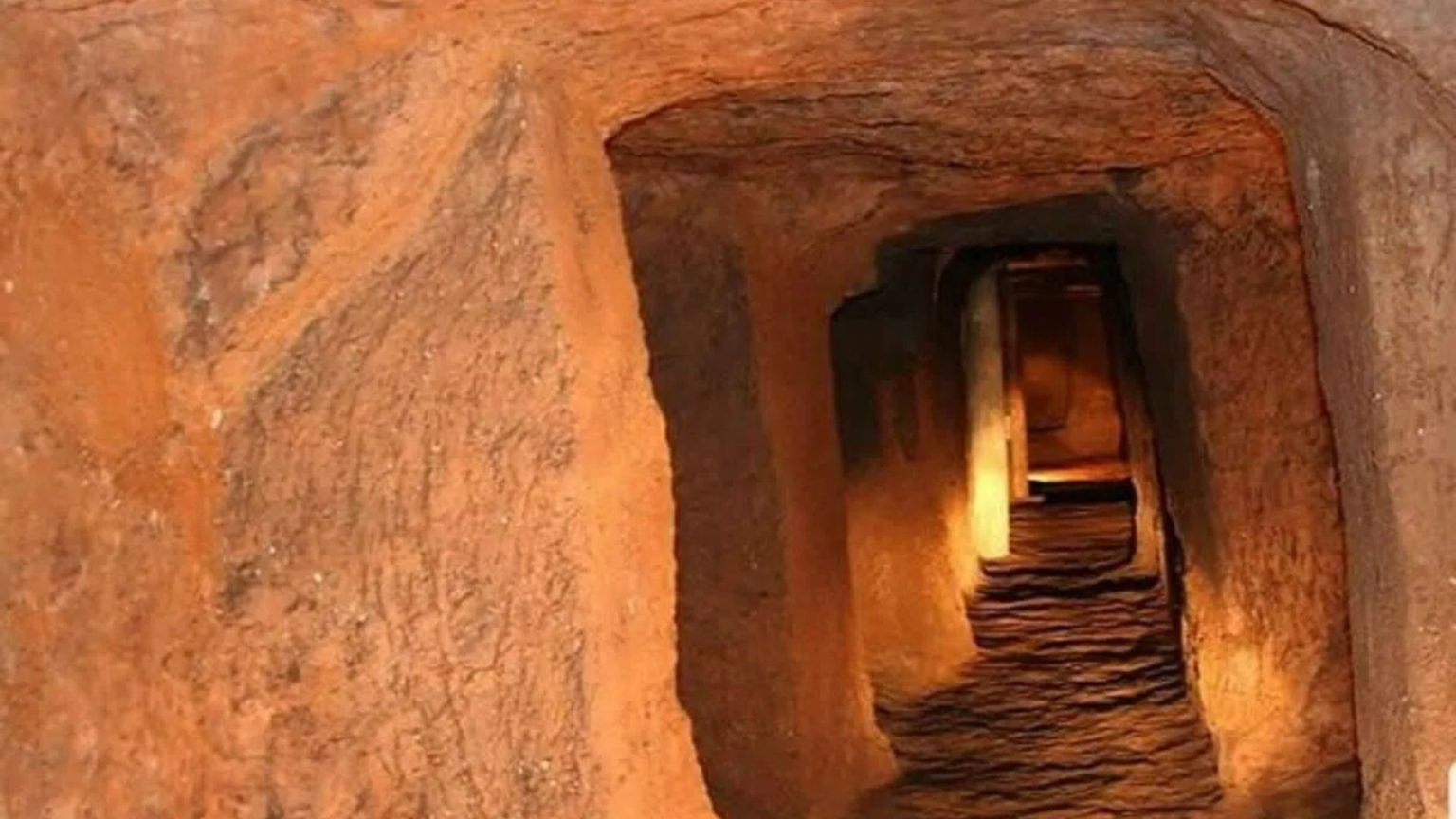An Ancient Subterranean Labyrinth Discovered in Abarkuh, Iran
In the heart of Iran’s historical "golden triangle," nestled between the ancient cities of Shiraz, Yazd, and Isfahan, lies the town of Abarkuh. Beneath its unassuming surface, a sprawling network of underground passages has been unearthed, revealing a hidden world of intricate engineering and resourcefulness. This ancient subterranean city, discovered beneath the gardens of five houses, has captivated archaeologists with its complex design and sheer scale.
The labyrinthine network, currently explored across an impressive 650,000 square feet, is believed to extend much further, potentially encompassing the entire historical context of Abarkuh. Initial investigations suggest that this hidden city primarily served as a sophisticated water management system. The tunnels hosted an intricate canal network that facilitated the transportation of life-sustaining water, essential for both drinking and irrigation in the arid desert environment.
The ingenious design of this underground aqueduct system allowed water to be sourced from distant aquifers and transported underground, shielding it from the scorching sun and preventing evaporation. This innovative approach ensured a continuous supply of cool, potable water for the city’s inhabitants, a crucial factor in their survival in such a harsh climate.
Beyond the intricate canal system, archaeologists have uncovered large, rock-hewn halls within the labyrinth. These chambers, offering respite from the oppressive heat, are believed to have served as communal gathering spaces. The constant, cool temperatures underground provided a welcome refuge from the intense desert heat, fostering social interaction and community life.
The subterranean city also provided a crucial defensive advantage. During times of conflict and invasion, the hidden network offered a secure haven for the city’s residents. The interconnected tunnels and concealed chambers provided a strategic advantage, allowing inhabitants to evade enemies and protect themselves from harm. The network of passages under the stone beds of houses provided easy access, security, and efficient water transportation. These features suggest a highly organized society capable of complex planning and execution.
Evidence suggests that this impressive subterranean network was likely constructed by the Qajar people, a tribe that emerged in the 10th century and eventually rose to become Iran’s ruling dynasty from the 18th to the 20th centuries. The type of stones used to reinforce the underground walls matches those employed by the Qajar in their above-ground structures, offering a compelling clue to the builders’ identity. The Qajar dynasty was renowned for its ambitious infrastructure projects, including qanats, water reservoirs, and tunnels, many of which remain in use today. This newly discovered labyrinth in Abarkuh stands as another testament to their engineering prowess and foresight.
The ongoing research into this extensive underground city promises to reveal more about the ingenuity and resourcefulness of ancient civilizations in adapting to challenging environments. The scale and complexity of the network suggest a high level of social organization and a deep understanding of water management techniques. This discovery underscores the rich historical tapestry of Iran and offers a fascinating glimpse into the lives and innovations of its ancient inhabitants. The labyrinthine city stands as a silent testament to human ingenuity and adaptation, a testament etched in stone beneath the sands of time. As researchers continue to explore its depths, the secrets of this ancient marvel will undoubtedly continue to surface, enriching our understanding of the past and inspiring awe at the achievements of those who came before us. This intricate subterranean network served not merely as a source of water but as a lifeline, a sanctuary, and a testament to human resilience in the face of adversity.











